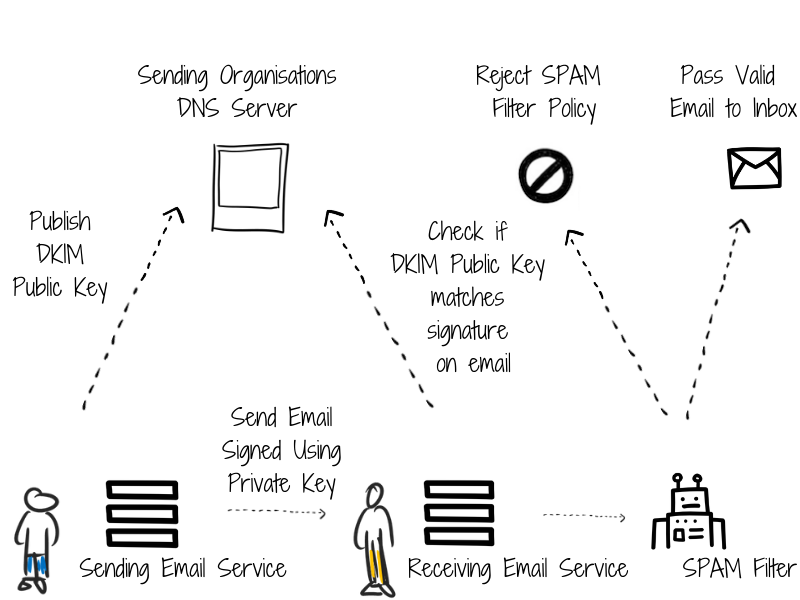So, after a week’s hard work you’ve sent out your campaign. How will you know whether your emails landed in the inbox or just got spammed? This is where the email delivered metric comes to your rescue. It’s a basic metric that helps you understand the status of your emails.
How are email delivery rates calculated?
Simple, email delivery rates are calculated based on the bounces. Remember, not all the emails that you send land in the inbox of your subscriber. So, the number of emails sent is not equal to the number of emails delivered.

There are two types of email bounces - hard bounce and soft bounce. While hard bounces are the ones that are returned because of an invalid email address, soft bounces are emails that aren’t delivered to the subscriber due to one or many reasons. Soft bounces might happen if your subscriber’s inbox is full.
There are more than 75 reasons why your emails might end up in spam folders.

However, one of the critical reasons is your service provider. Your ESP’s domain reputation plays a major role in the success of your email campaigns. With the constant change in algorithms, you are bound to hit a low email delivery rate. Partnering with providers like SendX, which has a good amount of experience helping startups and small businesses boost up their email deliverability rate can be of help.
There are more than a couple of metrics that impact your email delivery rate. Tracking them constantly can help you minimise the damages caused.